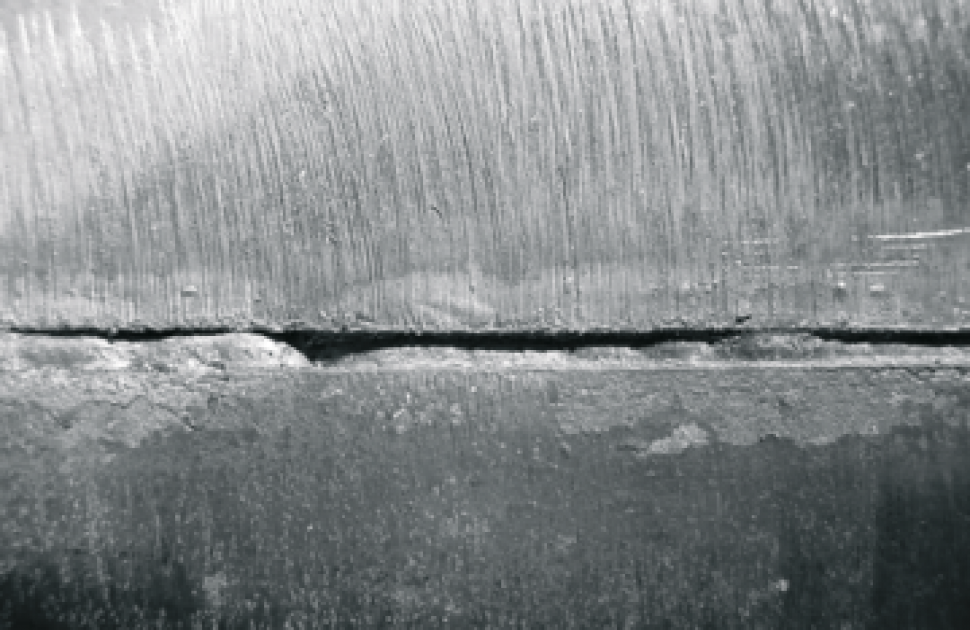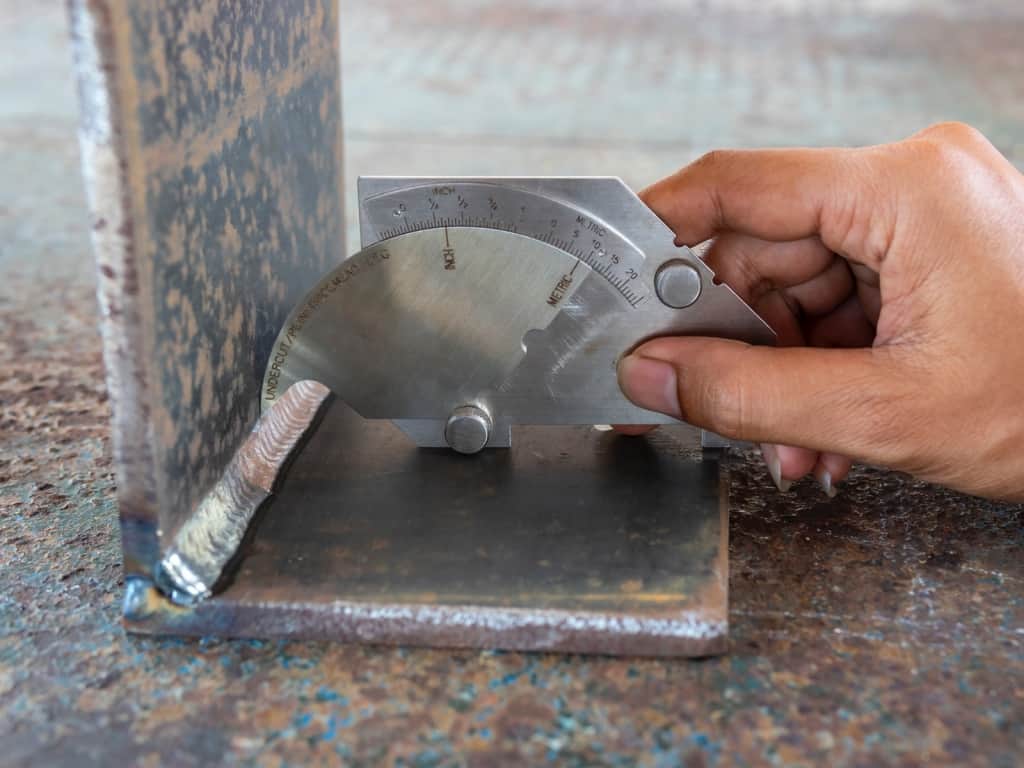Step-by-Step Overview to Preventing Weld Undercut in Different Metals
Step-by-Step Overview to Preventing Weld Undercut in Different Metals
Blog Article
Grasping the Art of Welding: Just How to Stay Clear Of Undercut Welding Issues for Flawless Manufacture Results
By comprehending the root triggers of undercut welding and applying effective strategies to stop it, welders can elevate their craft to new levels of excellence. In the pursuit of perfect fabrication results, understanding the art of welding to prevent undercut issues is not simply an ability yet a requirement for those striving for perfection in their job.
Comprehending Undercut Welding

To avoid undercut welding, welders ought to make sure correct welding parameters, such as adjusting the present, voltage, traveling rate, and maintaining the right electrode angle. Additionally, making use of the suitable welding strategy for the particular joint setup is crucial. Using weaving movements or backstepping methods can help make certain appropriate weld steel deposition and minimize the possibility of undercut development. Regular assessment of welds throughout and after the welding process is likewise critical to catch any kind of undercut early and make necessary changes to protect against additional issues. Preventing weld undercut. By understanding the reasons for undercut welding and applying safety nets, welders can accomplish high-grade, structurally audio welds.
Sources Of Undercut in Welding
Understanding the factors that contribute to damage in welding is vital for welders to generate high-grade, structurally audio welds. Poor welding inaccurate or existing welding rate can likewise add to undercut. Comprehending these reasons and executing correct welding strategies can assist protect against undercutting concerns, making sure resilient and solid welds.
Methods to Avoid Undercutting

To reduce the risk of undercutting in welding, welders can use tactical welding strategies focused on enhancing the high quality and integrity of the weld joints. One effective method is to adjust the welding parameters, such as voltage, current, and travel rate, to guarantee appropriate warmth input and deposition. Keeping an ideal electrode angle and making certain consistent travel speed can additionally assist protect against undercut. In addition, using the right welding strategy for the particular joint configuration, such as weave or stringer grains, can contribute to reducing undercutting. Preventing weld undercut.
Employing back-step welding techniques and controlling the weld bead account can also assist disperse heat uniformly and reduce the threat of undercut. Normal assessment of the weld joint during and after welding, as well as implementing top quality assurance actions, can assist in finding and addressing undercutting problems without delay.
Relevance of Appropriate Welding Specifications
Picking and keeping ideal welding specifications is necessary for achieving effective welds with very little flaws. Welding specifications refer to variables such as voltage, existing, take a trip speed, electrode angle, and shielding gas flow rate that directly influence the welding process. These criteria have to be carefully readjusted based on the kind of material being welded, its thickness, and the welding method utilized.
Appropriate welding parameters guarantee the appropriate quantity of warmth is related to thaw the base steels and filler material uniformly. If the criteria are established expensive, it can cause extreme warmth input, causing distortion, burn-through, or spatter. On the other hand, if the specifications are also low, insufficient blend, lack of penetration, or undercutting might happen.
High Quality Guarantee in Welding Workflow

Conclusion
In final thought, grasping the art of welding calls for an extensive understanding of undercut welding, its reasons, and methods to stop it. By guaranteeing correct welding specifications and implementing quality control methods, remarkable manufacture outcomes can be accomplished. It is important for welders to consistently strive for excellence in their welding procedures to stay clear of undercut concerns and create high-grade welds.
Undercut welding, a common defect in welding processes, takes place when the weld steel does not properly fill up the groove and leaves a groove or depression along the bonded joint.To prevent undercut welding, welders ought to make certain appropriate welding specifications, such as adjusting the existing, voltage, traveling speed, and preserving the correct electrode angle. Poor welding current or incorrect welding rate can additionally contribute to damage.To alleviate the threat of undercutting in welding, welders can use tactical welding find out this here strategies intended at boosting the quality and stability of the weld joints.In verdict, mastering the art of welding calls for a complete understanding of undercut welding, its causes, and methods to prevent it.
Report this page